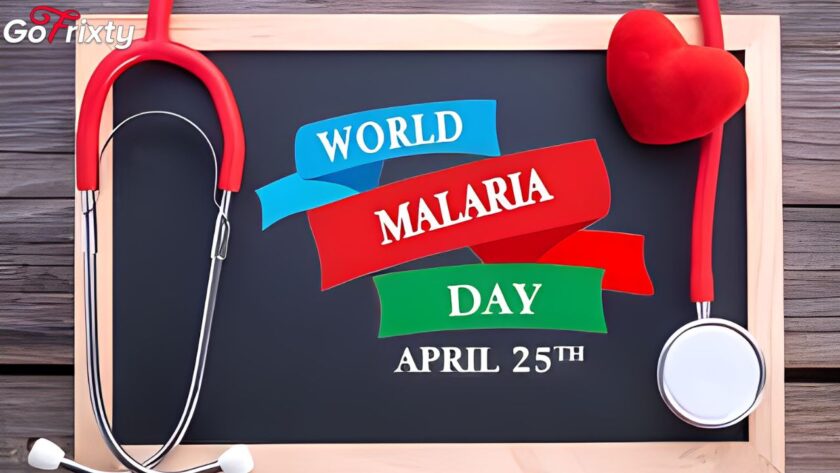Malaria identification and the substitutes have observed specific and essential actions are required to reduce malaria transmission. Nowadays malaria parasite growth is increased due to lack of Cleanliness. Numerous types of malaria parasites are grown in societies which increases the disease of malaria.
I’m excited to share my passion for Medical Laboratory Technology with you all. As Lashari A.Ghani a dedicated pathology Laboratory at Jacobabad Institute of Medical Sciences JIMS Jacobabad Sindh.
I’ve had the entitle of working in the field of Malaria diagnosis and today I want to point up the critical importance of proper malaria diagnosis and the substitutes have observed. Specifically in Sindh and Balochistan where last year heavy rain and flood-affected areas malaria burden increased.
Malaria in Pakistan
Malaria is a destructive disease that affects millions of people worldwide, with Sindh Pakistan significance the heaviest burden. phenomenal and seasonal variation of human plasmodium infection in Sindh and Balochistan flood-affected areas.
Malaria is more frequent in rural (agricultural) areas due to low socioeconomic conditions.
Types of Malaria
The most important types of malaria Parasites are:
1.Plasmodium falciparum (or P. falciparum)
2. Plasmodium malariae (or P. malariae)
3. Plasmodium vivax (or P. vivax)
4.Plasmodium ovale (or P. ovale)
5. Plasmodium knowlesi (or P. knowlesi)
Causes of increase in the malaria parasite
Unpredicted increases in rainfall can also create new latitude for mosquitoes to situate eggs in new places and lead to big increases in mosquito populations.
High temperatures allow mosquitoes to live longer.
Malaria plasmodium Falciparum Hyperparasitemia.
Last year heavy rain around after that malarial Hyperparasitemia cases ratio increased. The trend of Hyperparasitemia of Falciparum malaria has declined continuously. Malaria is seasonal and unpredictable in this province and its epidemics are repeated at about 8 intervals. Variation in malaria transmission from year to year is due to the floods in Sindh, Balochistan and heavy rainfall during monsoon. The transmission of malaria is seasonal in Pakistan and a gradual increase in cases
Plasmodium Vivax
Plasmodium Vivax severe cases can be noted after the July to August monsoon. the p.vivax infection is restrained to two peaks per year, the main peak was in late spring as a result of relapses of earlier infections and additional peaks occurred in summer and autumn due to recent transmissions. In contrast to p.vivax, p.falciparum malaria showed an increasing correlation with August -September temperatures.it is critical to ensure accurate and timely diagnosis to save lives and guide appropriate treatment. Malaria microscopy plays a pivotal role in this process, enabling us to detect the presence of parasites in blood smears with great precision.





